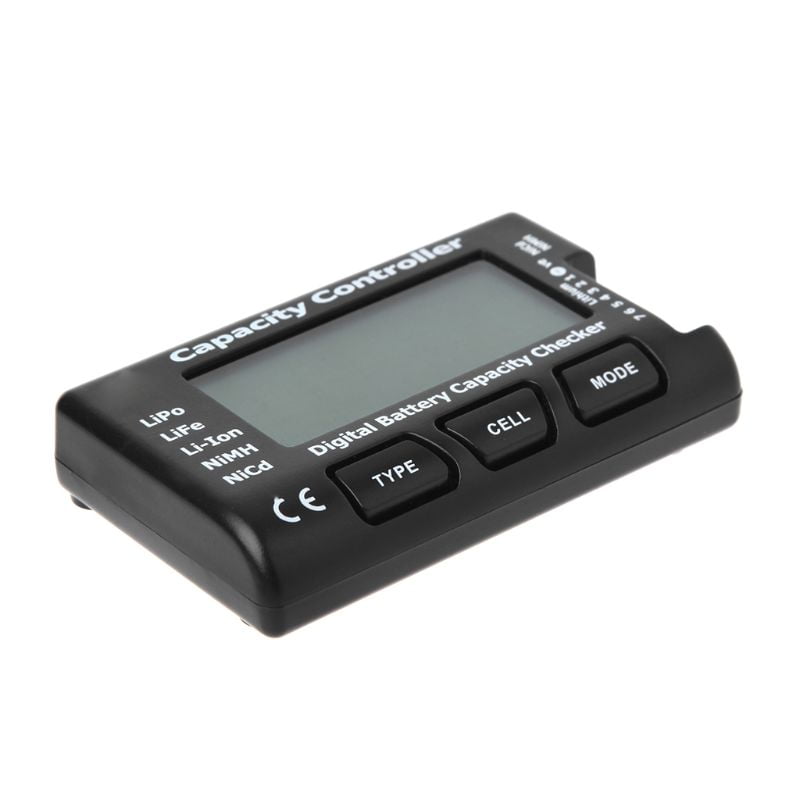
“Lithium Polymer Battery.” In Wikipedia, January 10, 2022.The LiPo Battery Alarm & Volt Monitor is a clever little device that can be integrated into the circuitry of an RC vehicle, to monitor the power levels of batteries and set off an alarm at critically low levels. “BQ24123 Data Sheet, Product Information and Support | TI.Com.” Accessed January 17, 2022. I have used it in several projects and can certainly recommend it for your designs. I like this chip since it is relatively small and includes the switching elements and so requires only an external inductor and a handful of resistors and capacitors to produce a working charger. The BQ24123, along with many similar chips from a wide range of manufacturers, has all these features and should ensure your LiPo cells live a long and happy life. It is also desirable to monitor cell temperature and suspend or end charging if the battery temperature is too high (or too low if that is a risk in your application).

The charger should include a timer so that either stage of charging is terminated after a certain period of time. It is important that pre-charging or charging does not continue indefinitely in the case that the terminating condition cannot be reached. At this point the charger switches to constant voltage mode, holding the cell voltage constant at V END as the charge current decreases to the I END level where charging is complete. For example, a 1000mAh cell rated at 1C can be charged or discharged at 1A, and one rated at 2C could be charged or discharged at 2A.Ĭonstant current charging continues until the cell voltage reaches V END (4.2V or 8.4V). It’s used together with the cell capacity to determine the maximum charge or discharge current. The C rating of a LiPo cell is a measure of how fast a cell can safely be charged or discharged. At this point the BQ2423 switches to constant voltage charging until the current drops to I END. This continues until the end-of-charge voltage V END is reached. Once V LOW is reached the charge proper begins and the current increase to I CHG. If the cell voltage is below V LOW a low constant charging current is provided in the pre-charge phase. This graph shows the voltage (red) and current (blue) curves for the various charging phases. Figure 1 shows the one-cell application schematic from the data sheet.įIGURE 2. This supports one or two LiPo cells and charge currents up to 2A.

A good example is the TI BQ24123 switched-mode LiPo charger. Fortunately, there are a plethora of dedicated LiPo charger ICs out there that will manage the details for you.

If you want to design in a LiPo cell or two and associated charger, you’ll need to take all this into account. If you have multiple cells in series, you may need to balance the voltage between them on a regular (or continuous basis) to maximize battery life. If you discharge one below 2.7V you can permanently damage the cell.

If you overcharge a LiPo cell above 4.2V, or at too high a current, the electrolyte can vaporize, and the battery can expand and potentially rupture. They are however a bit fussy when it comes to how they must be charged and discharged, or they can be damaged or even catch fire. As a battery technology, they have lots of advantages over other rechargeable battery chemistries including high energy density, a relatively flat voltage profile over their discharge range, low self-discharge, and high discharge currents. Lithium Polymer (LiPo) batteries are pretty much ubiquitous these days, especially in consumer electronics.


 0 kommentar(er)
0 kommentar(er)
